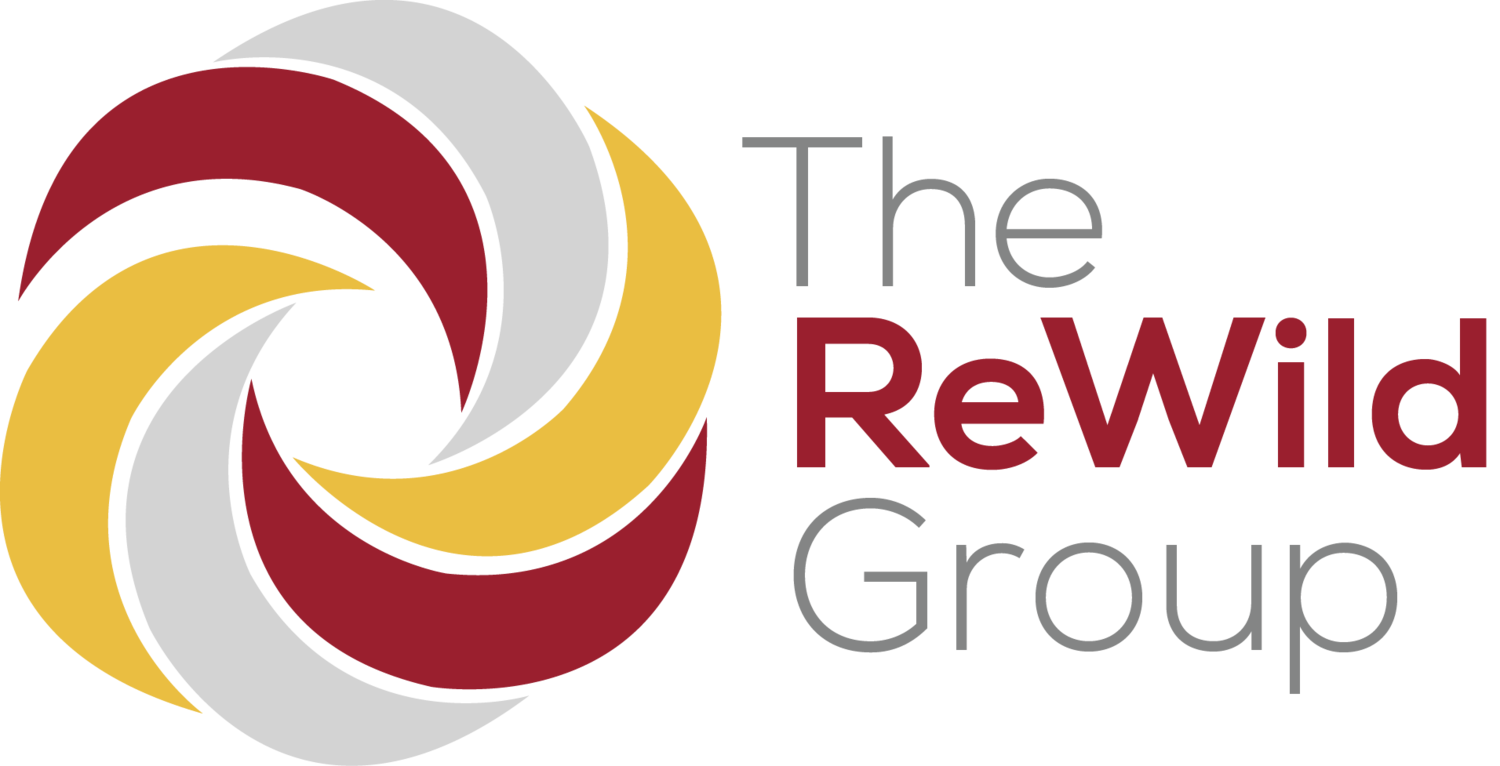
The ReWild Group Blog
Stage 1: Starting Up a Company? Embrace the Chaos.
Understanding the stages of business growth, and how companies progress through these stages, is essential for any entrepreneur hoping to thrive in the chaotic beginnings of starting a company.
Stage 2: Ready to Ramp Up?
When a company has grown to 11 – 19 employees, survival mode is quickly replaced with growth as the top priority. This is called Stage 2, or Ramp Up.
Stage 3: The Art of Delegation Takes on New Meaning
As a Stage Three company (20-34 employees), it’s critical to understand that what has worked in the past may not work any longer.
Stage 4: Complexity Drives Need for Experienced Managers
In a Stage 4 company, comprised of 35 – 57 employees, the changes that occur are exponentially more impactful than anything the company has experienced to date.
Stage 5: Synergy Equals Strength As Company Matures
With the company size ranging from 58-95 employees, integration between departments is the key to success in Stage 5..
Stage 6: Lack of Strategy Will Kill You
Stage 6 is called the Strategic Stage because the risk of not seeing the larger strategic picture could cause the ‘too little, too late’ syndrome.
Stage 7: Creating a Vision for the Future
Stage 7 is not an easy transformation for a CEO, but a critical one to think about in this largest Stage of Growth.

















